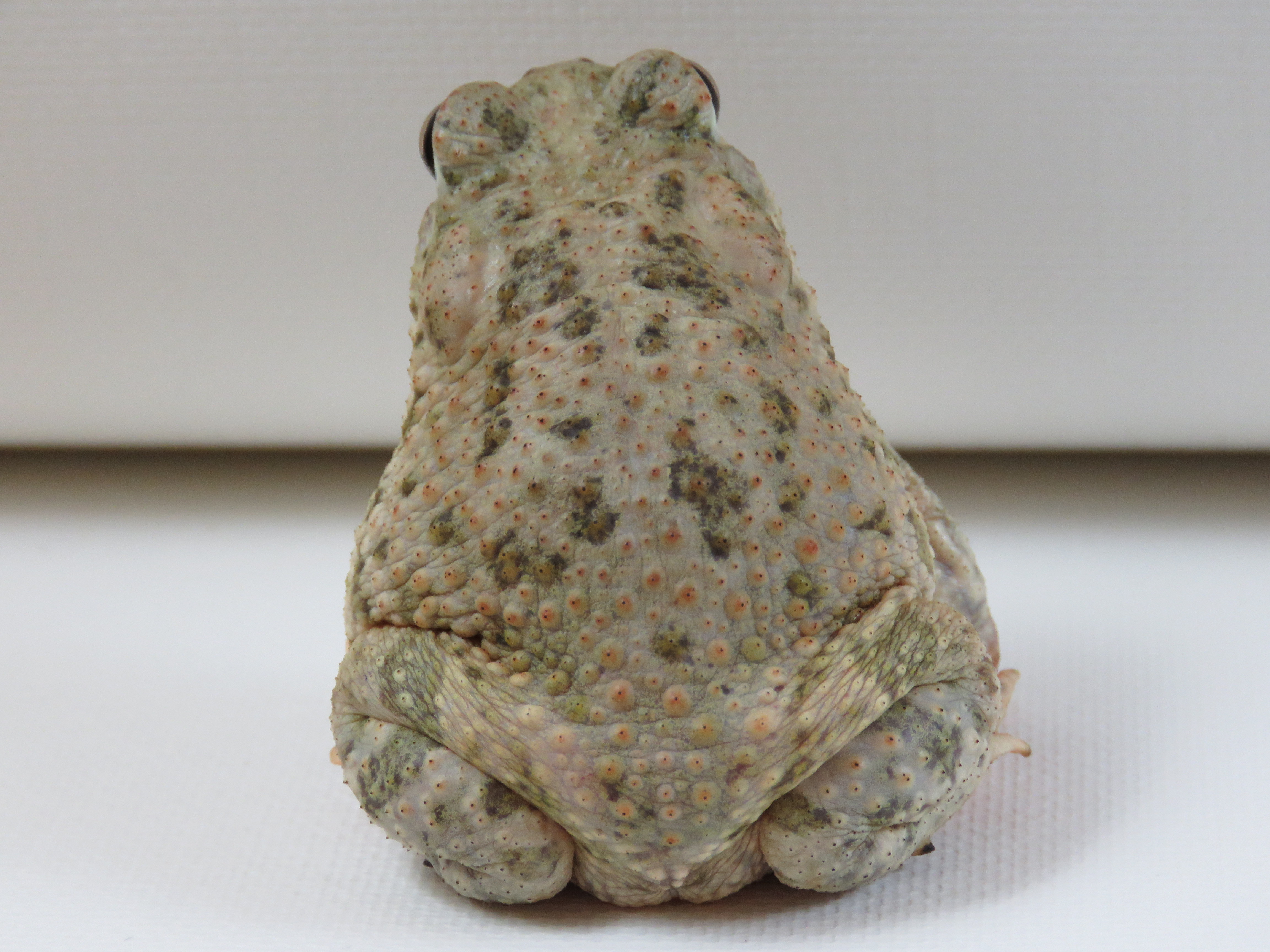Anaxyrus Speciosus on:
[Wikipedia]
[Google]
[Amazon]
The Texas toad (''Anaxyrus speciosus'') is a species of medium-sized (to ) toad that occurs in the southern United States and northern Mexico. It breeds in temporary water pools after heavy rains.

 Anaxyrus
Amphibians of Mexico
Fauna of Northeastern Mexico
Amphibians of the United States
Fauna of the Southwestern United States
Fauna of the Plains-Midwest (United States)
Amphibians described in 1854
Anaxyrus
Amphibians of Mexico
Fauna of Northeastern Mexico
Amphibians of the United States
Fauna of the Southwestern United States
Fauna of the Plains-Midwest (United States)
Amphibians described in 1854
Distribution and habitat
The Texas toad is native to the United States where it is found in the state of Texas, wherein 2009 it was designated as the Texas State Amphibian,https://statesymbolsusa.org/symbol-official-item/texas/state-amphibian/texas-toad its range also extends northward toOklahoma
Oklahoma (; Choctaw language, Choctaw: ; chr, ᎣᎧᎳᎰᎹ, ''Okalahoma'' ) is a U.S. state, state in the South Central United States, South Central region of the United States, bordered by Texas on the south and west, Kansas on the nor ...
, westward to New Mexico and southward to northern Mexico. It is a desert species and is found in dry grassland, savannahs with scattered mesquite and open woodland, usually on sandy or frequently inundated soils.
Description
Males measure and females in snout–vent length.Ecology
The Texas toad feeds on insects such as beetles, ants and bugs. It digs a burrow in soft soil and can bury itself in mud. It sometimes conceals itself in a gopher burrow, under a log or in a deep crack in the mud to prevent desiccation, spending much of its time dormant in prolonged dry weather. Breeding occurs after heavy rains when male frogs congregate at temporary pools, ditches, cattle tanks and other wet places and call continuously, especially at night. The call is described as being a "series of explosive trills", each lasting for about one and a half seconds with intervals of one second. The females seem to be attracted to the largest males with the loudest calls. The eggs are laid in the water, often entangled in submerged vegetation. They hatch in two days and the tadpoles feed on algae growing on underwater plants. They may retreat to deeper water when disturbed. They spend between eighteen and sixty days as tadpoles depending on circumstances such as water temperature, after which time they undergometamorphosis
Metamorphosis is a biological process by which an animal physically develops including birth or hatching, involving a conspicuous and relatively abrupt change in the animal's body structure through cell growth and differentiation. Some inse ...
and leave the water as juvenile toads.
Other toads using the same water bodies for breeding include the Gulf Coast toad (''Incilius nebulifer''), the green toad (''Anaxyrus debilis''), the Great Plains narrow-mouthed toad (''Gastrophryne olivacea'') and Couch's spadefoot toad (''Scaphiopus couchii''). The Texas toad sometimes hybridizes with Woodhouse's toad (''Anaxyrus woodhousii'') or the Great Plains toad
The Great Plains toad, ''Anaxyrus cognatus'', is a relatively large species of true toad native to central North America.
Distribution
The amphibian is native throughout the Canadian Prairies (northern Great Plains) in southern Alberta, Manitoba ...
(''Anaxyrus cognatus'').
Status
The Texas toad has a wide range and a large total population and is one of the most common toads in the southern United States. It is tolerant of changes in its habitat and is present in cultivated areas as well as grasslands and savannahs. No particular threats have been identified and the International Union for Conservation of Nature has assessed it as being of " least concern".References
{{Taxonbar, from=Q28032645Reference Photos

 Anaxyrus
Amphibians of Mexico
Fauna of Northeastern Mexico
Amphibians of the United States
Fauna of the Southwestern United States
Fauna of the Plains-Midwest (United States)
Amphibians described in 1854
Anaxyrus
Amphibians of Mexico
Fauna of Northeastern Mexico
Amphibians of the United States
Fauna of the Southwestern United States
Fauna of the Plains-Midwest (United States)
Amphibians described in 1854